Paul Dunca’s The Institute of Change cleverly exploits our fascination with physiological and psychological alteration, but through this filter brings up that age-old question of how can we become more ourselves, more our true selves and in turn perhaps learn to love ourselves more? The very idea of an institute of change is provocative. For me change connotes ideas of freedom and choice…an institute is in contrast with that….What does the institute want from me? The blurb for the show said: The Institute offers sexual re-education services and gender reassignment. I enter with an open mind.
The Institute of Change (has its finger on the zeitgeist and) an appealing proposition for the attention deficit order times we live in. The Institute of Change may focus on issues relating to sexuality and issues surrounding gender reassignment, but in another way proffers questions about our current status as a society engaged with online personas, digital images and tribes acting as boxes to fit into and leaves me as a viewer asking, does such categorization make us more or less fulfilled? More or less ‘our true self’?
A stark set; the black box is stripped back, leaving only a white backdrop acting as blank canvas for the action to unfold upon.
To begin with, a sign-up sheet is sent around as people take their seats, and a sense that the Berlin crowd are a little stand off-ish, even cold to the group’s flirting, eye contact and intentionally over the top efforts to “connect”. I found myself asking – how would this set-up be affected by its location? How would The Institute Of Change be affected by those attending?
The piece does not deal in subtleties. The troupe of five are all singing, all dancing and strut their way through the piece as each character has their time to shine, echoing our societies’ obsession with constant connection, coupled with our need for individuality, autonomy and having one’s fifteen minutes of fame. The Baltic beats of their opening number lull the audience into a false sense of security – I began to think perhaps it would not be interactive at all but unadulterated entertainment (I was wrong).
Director and performer Paul Dunca (Dr Pissadora Dunca) acts as master of ceremonies and introduces his troupe like a proud mother. The stark set is in contrast with the high octane performance vignettes provided by each member – most memorably Phoenix (Ada Musat) who transforms from blonde bombshell to a dark sinister being, all long limbs and heels, changing costume while lip syncing to The Wind of Change. This mixture of cabaret / RuPaul’s Drag race and performance art is without doubt entertaining, but the transition between segments is at times awkward – I wondered if this was intentional or not? When the group ask for a volunteer to have their haircut – the man they choose has a cropped hairstyle already, rendering the act pointless in some way. This is of course the nature of audience interaction and can add to the thrill of it all, although it is the contrast of theatrical dance routines (creating a forth wall of sorts) and directly after which the group seeking our involvement are a little jarring – as an audience member I felt uneasy watching a performance at once incredibly dynamic yet also veering off in different performance styles and attitudes toward an audience. I was left wondering if this was due to the piece being somehow unfinished or all the more radical due to this stylistic shape shifting?
The piece culminated in a type of question and answer session, the Institute’s performers lined up in front of us and asked personal questions designed to provoke or in some way make us take a position;
Stand up those of you who are married; who here is gay? Who here is heterosexual? Who is in a relationship? Who is single? Who is in love?
The Berlin crowd at times resisted the Institute’s probing, individuals not standing up and refusing to take a position. This prompted Dunca to ask them why – forcing the exchange as he demanded a response;
….but why? Why don’t you don’t you stand up?
To which the audience member mumbled something about not wanting to. I found this probing a little cringe worthy; the Institute are asking us to fit into categories that are in a constant state of flux, perhaps people are asexual or simply private about such matters. It seemed to me it was the Institute’s intention to provoke us out of our comfort zone and take a position, make a stand.
Following this, we were summoned onto the performance space and the crowd were divided into two halves based on recent sexual experience such as; those who have had sex recently and those who have not. This did force a response from people although it felt awkward and in some way unnecessary. Perhaps the Institute were trying too hard to force their methodologies down this very open-minded Berlin crowd’s throat? Perhaps the group’s co ordinated outfits, dance routines and take-no-prisoners attitude inhibited the audience from feeling a sense of unity with them? Then I was left thinking that it is acceptance of change that I hope for, not to understand it completely and perhaps learn to embrace and explore the freak within all of us.
The Institute of Change was at Hebbel Am Ufer in Berlin on November 7, 2014.
POSTED BY
Cian McConn
Cian McConn is an artist, born 1980 in Ireland. He graduated from the Royal College of Art in 2012. He lives and works in London. He makes artwork alone and with others....
www.cianmcconn.com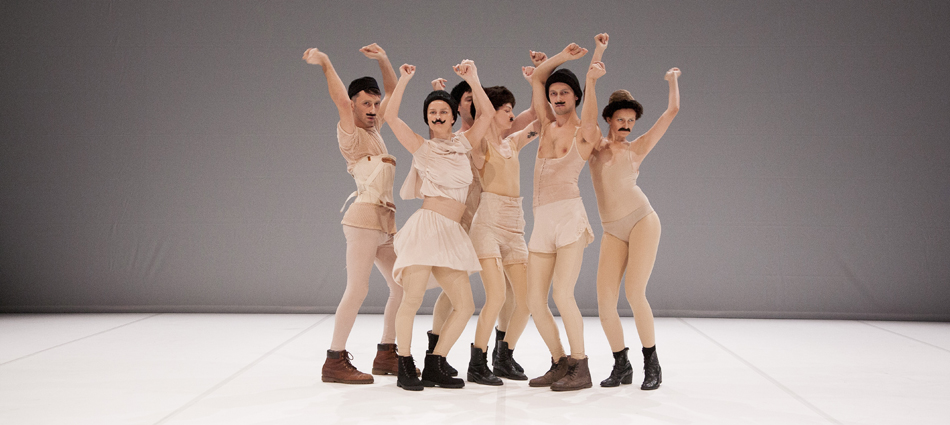
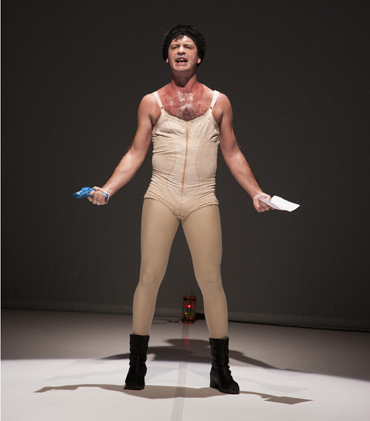
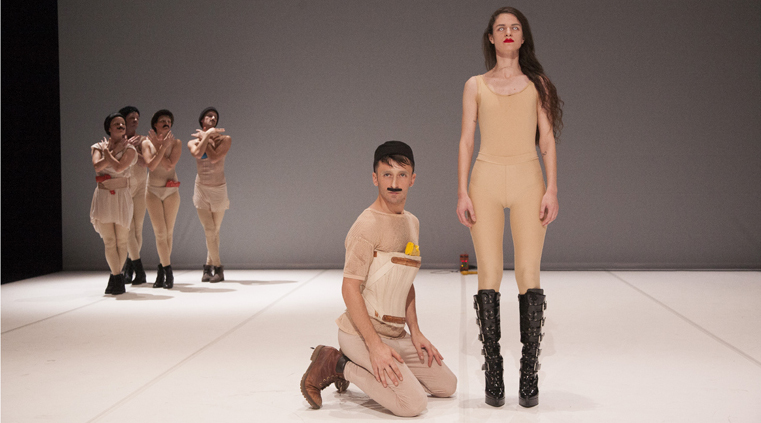
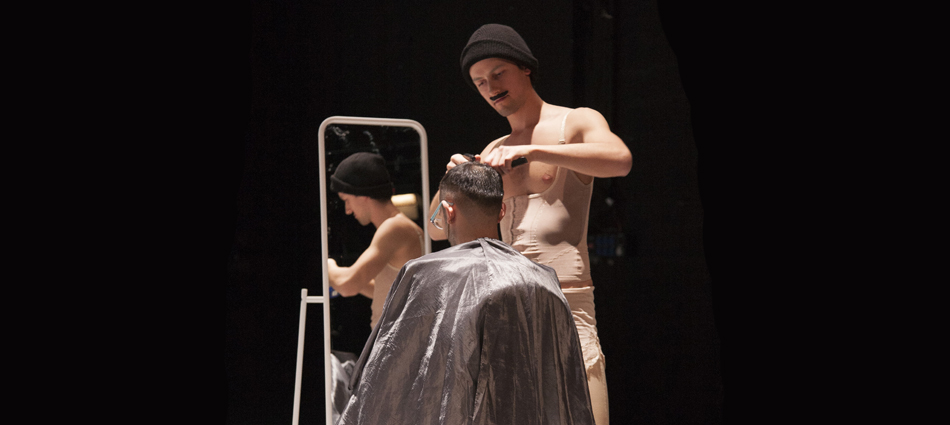
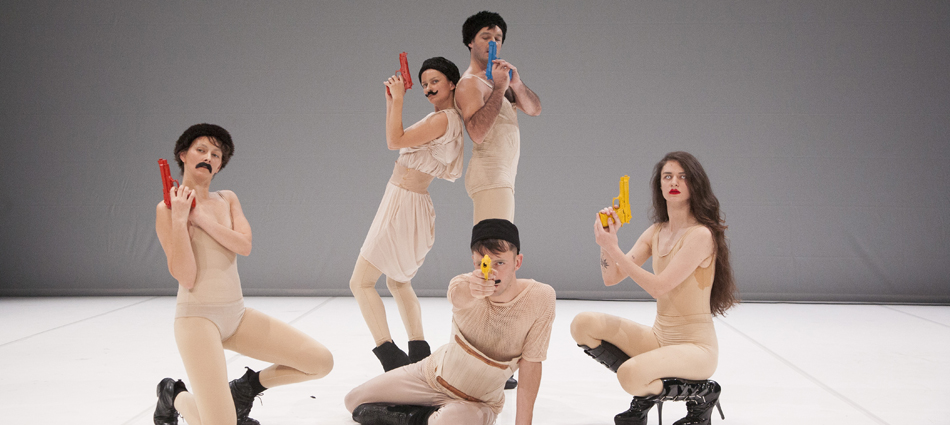
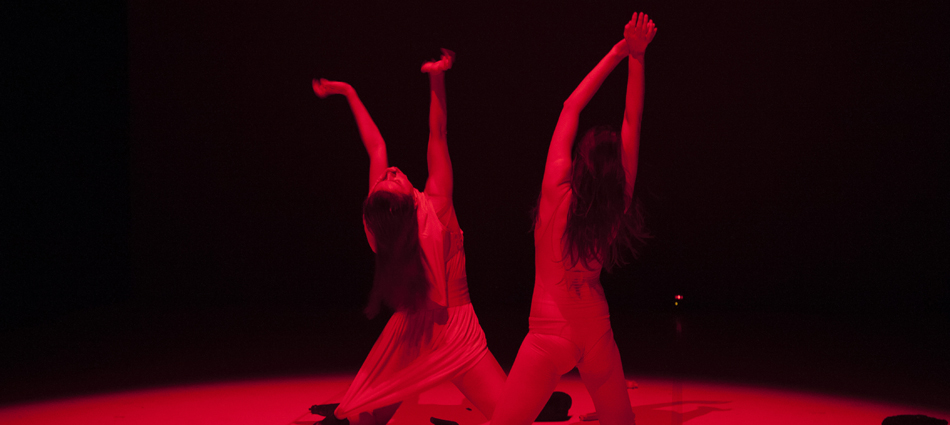
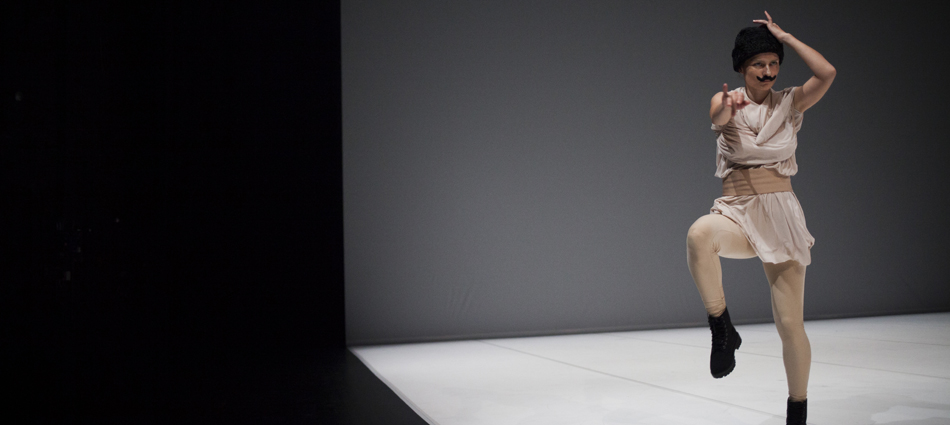
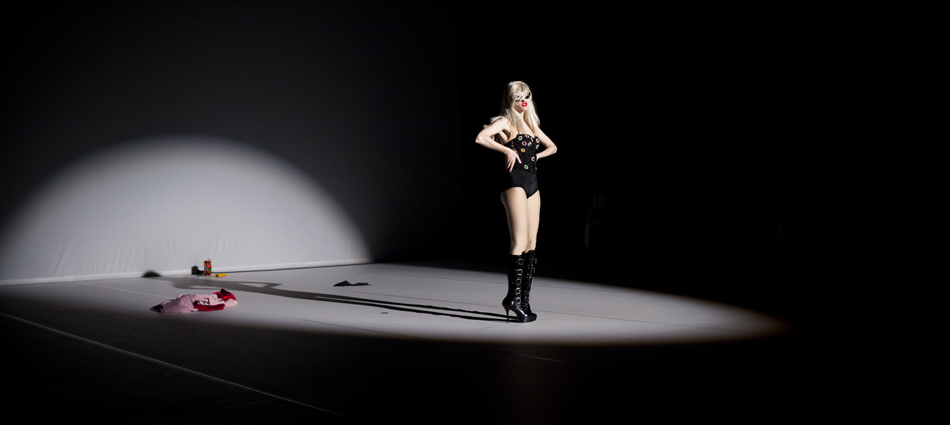
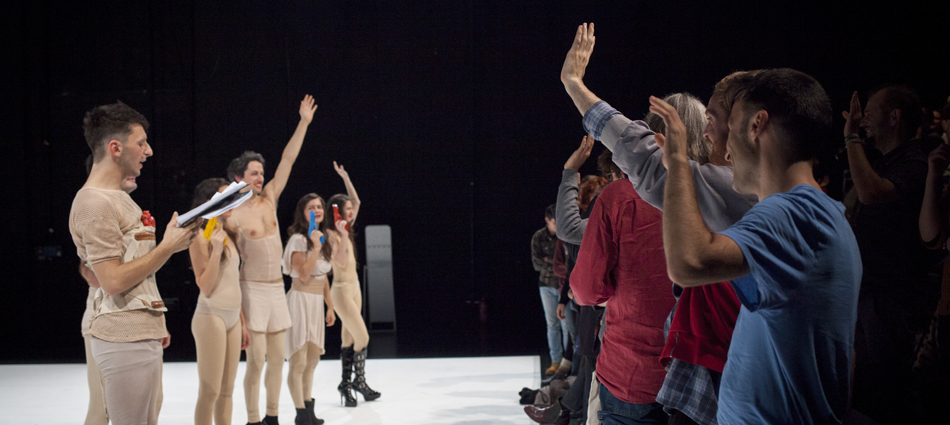
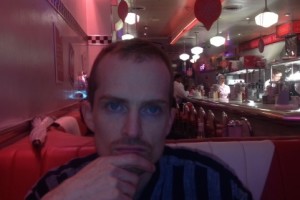
Comments are closed here.